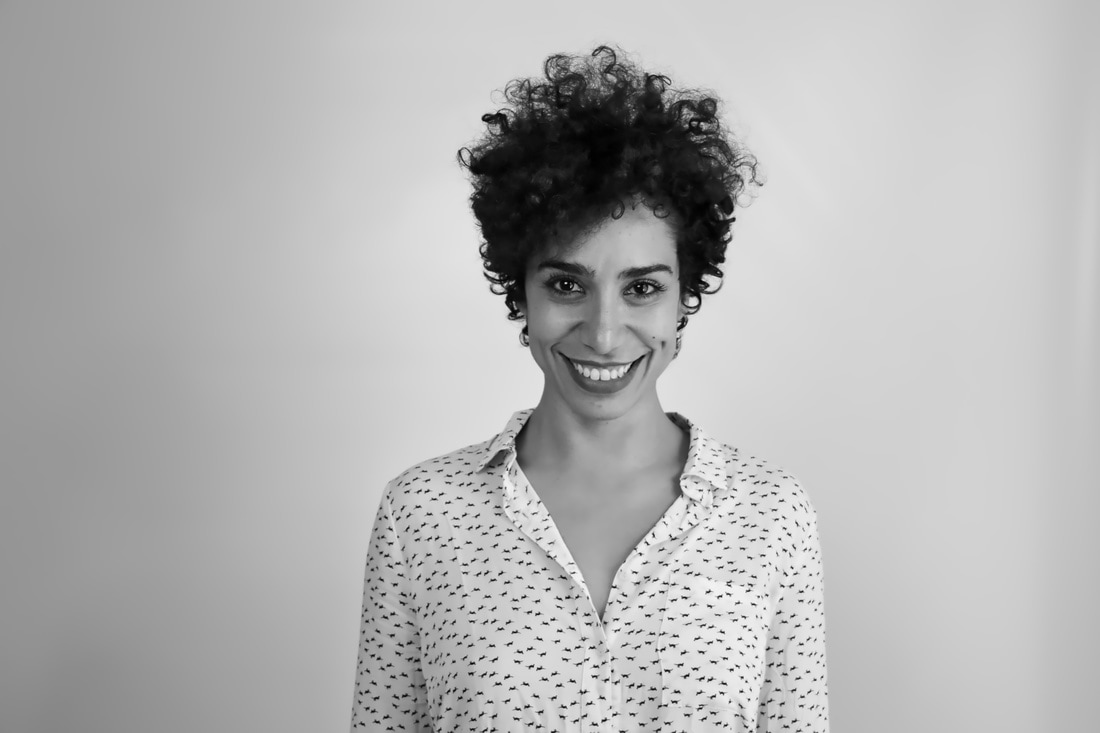Dance is a personal and a collective experience at the same time. You move in a space and the space moves you. Dance is moving with all your organs, skin, bones, muscles, and fluids.
The experience of dance can be strutting at that party, taking a class in a studio with other bodies, or just seeing people in the streets with your headphones and understanding perfectly how many moments of life are instinctively danceable. It just depends on your way of feeling, connecting. Being.
What these few examples have in common is that they are all based on spaces populated by people. And then I asked myself, “Can I dance with myself in my bedroom?”. Yes, you can. Strike. Do it!

Marina Santo
What did it mean to keep dancing during lockdown?
Firstly, embracing the notion of home as a space to create is key. Then, deconstructing the idea that dance only happens in specific spaces and floors, with music and in the company of a teacher telling you exactly what and how, which can unhelpfully harbor a competitive edge. We must deconstruct the idea that home is just a static space to be when you are not doing outside activities.
For those of us fortunate enough to have a home, with space to call our own, why not take this advantage to another level and establish a new way of being in this space when you and your fellow citizens are restricted in their out-of-home activities?

Photo supplied by Marina Santo
How do we give ‘home’ a new meaning?
“One possible way to change our perception of things is to change the order of how things are. The furniture in your house, for example. Start by moving the order of the furniture in your house.” says Dani Lima, a Brazillian dancer and choreographer in her YouTube discussion “What can the body do?”
What about turning parts of your home into a studio or a video stage? That corridor or room you never pay attention to, well, why not move things around and dedicate a song to that ‘new’ place, giving yourself permission to dance without judging yourself or feeling like you are being judged?
Look at the architecture and objects that surround you like plants, pictures and furniture. Over, under, in between. Give these objects new meanings. Be aware of the position you place yourself in the space. These are just some simple touches that can change your perspective when at home utilising movement, allowing you to discover a whole new world about yourself.
‘The body is the home’, said Lygia Clark. What a perfect moment we are in, to really inhabit this idea.
My experience dancing at home
“Dancing makes the understanding of spaces more accessible…what the spaces do is tell us about ourselves,” says Angels Magarit, dancer and choreographer.
Since the beginning of the lockdown in Spain, I’ve been giving classes in different online formats: Whatsapp, Zoom and email. These classes aren’t a copy and paste of my regular classes. They are something vastly different for me as they are for my students. I see the online format as an opportunity to convey two things about my story: body work and wider meaning of the term ‘home’.
As a teacher I’ve had many different experiences, often fascinating, often challenging in their own special ways. The ability to cross between body practitioner and movement research in an unconventional home setting feels like a special invitation to stimulate different people – in my case, often women – to explore their creativity through movement based upon tasks inspired by the unique circumstances we are in ‘locked down’ at home.
The sessions are a deep dive for my students, a creative process where architecture, anatomy, elements of nature and artistic pieces are all brought together to weave an innovative dialogue of movement. During the sessions, students can create a mix of photos, videos, gifs, drawings, paintings, poems and observations. And it can be intense.
Elina Pereira Olmedo, a Paraguayan poet, invited my regular group of ‘Body in Movement _ at home’ (formed through Fundación Entredós in Madrid) to create a piece in dialogue with her words, which she wrote during quarantine.
How can we keep feeling free and connected with others?
Times are changing and are uncertain, often causing confusion. If we don’t open ourselves to the body and search for new ways of finding our route, we can get lost within this daunting and unknown landscape that has been shaped by the virus.
Rules, social distancing, masks and protection. It sounds restrictive but feeling free is a necessary and revolutionary act. Being able to learn about ourselves and open the doors of our own creative bodies is a key way to counter connections and freedoms lost. Be aware my friend, this trip requires a depth of ability to listen, feel and move. But no previous experience is needed.
Marina Santo is a woman of African descent with European roots born in Rio de Janeiro 42 years ago and a resident in Madrid. She is dedicated to teaching in the field of body awareness, dance and active research into the development of body intelligence available to everyone, creating projects that dialogue between dance in its most democratic version, sensory anatomy, feminism, education, art and community service.
marinasanto.com
instagram/soymarinasanto
For information on upcoming workshops and projects, write to contacto@marinasanto.com. Her next ‘Dance at Home’ session will be on 18 June (link in Spanish).




